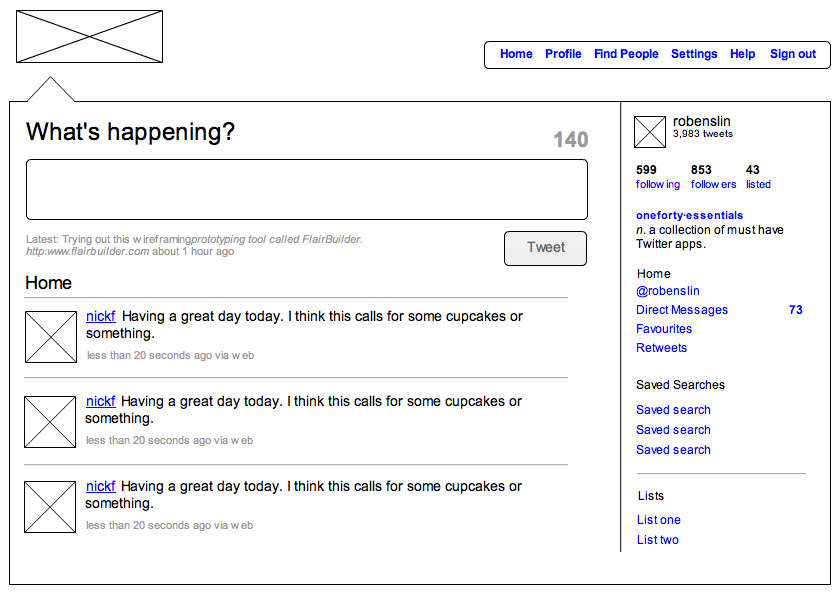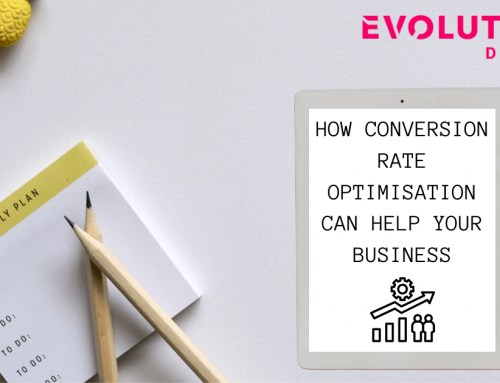When you are planning to do a website for you or your own company, you have to produce a website that it is up to the standards and follows current guidelines. How can you be sure that you are doing it correctly however?
Well the solution is to have a guideline of tasks or a checklist of steps that you can closely follow. This is important because missing or neglecting some simple steps in the process might result in a website that does not rank well on search engines, even if it looks visually stunning.
At Evolution Digital, we divide the tasks required into different areas that will be tackled one at a time.
Initial work
This phase is crucial as it is the one which will set the functionality of the website. As a developer you have to fully understand the requirements of the client and create the proper documentation for the project to be successful and maintainable in the future.
- Receive full website specification from client
- Create functional specification document
Design work
Once the client has accepted your functional specification document and has selected you as a developer you can start coding, but rather than coding you will start with the design of the website.

Wire-frame layout design example.
- Initial wire-frame mock-ups
- Initial design mock-ups
- Design mock-up revisions
- Implement final design mock-up into HTML template
Development work
Once you have the design fully finished with your HTML templates ready you can start looking into the development, but be aware that not everything is about the coding.

- Setting up server which will host website
- Point development URL to the server
- Set up any required Framework, CMS or plugin required
- Implement database with the structure mentioned in the functional specification document
- Add no-follow to robots so the website doesn’t show in search engines during development.
- Develop required functionality for the website
- Make sure the URLS generated by the website are SEO friendly
- Implement feedback from client
- Implement final design feedback
- Implement final functional feedback
- Fully test the website for problems and weaknesses that might lead to hacks.
- Screen resolution testing
- Cross-browser testing
- Multi device testing – website has to be tested in computers, laptops, phones, tablets, etc
- Check that contact forms work and the recipient receives the email
Digital Marketing work
So now we have a website that looks good and works as intended but it also has to be able to rank well in search engines or your website will never achieve its goals. For this reason there are a few tasks required that will help the website to rank well organically.
- Add H1 tags to each page, these will act as title for each page
- Add alt tags to each image, these will be shown in case the link to the image is broken
- Add meta descriptions to each page which will provide the description for your website in a search engine
- Add meta title tags to each page
- Add 301 redirects in case there was an old website, so the links don’t 404 redirect
- Add the Google Analytics tracking code
- Add the website to Google Webmaster Tools
- Add a sitemap and upload to Google Webmaster Tools
- Add a robots.txt for the crawlers
- Add a favicon
- Check for broken links
- Check your website with SEO rank online tools like WooRank and implement changes
Go live
And it is time to go live; your website is ready to be launched into the world.
- Set no-follow on the robots to normal
- Point domain to the server
- Remove development domain
- Change any DEVELOPMENT/PRODUCTION parameters in your website or database
- You are live
For the sake of security it is a good idea to do a full testing once it is live and monitor the website for the first few days after going live.




